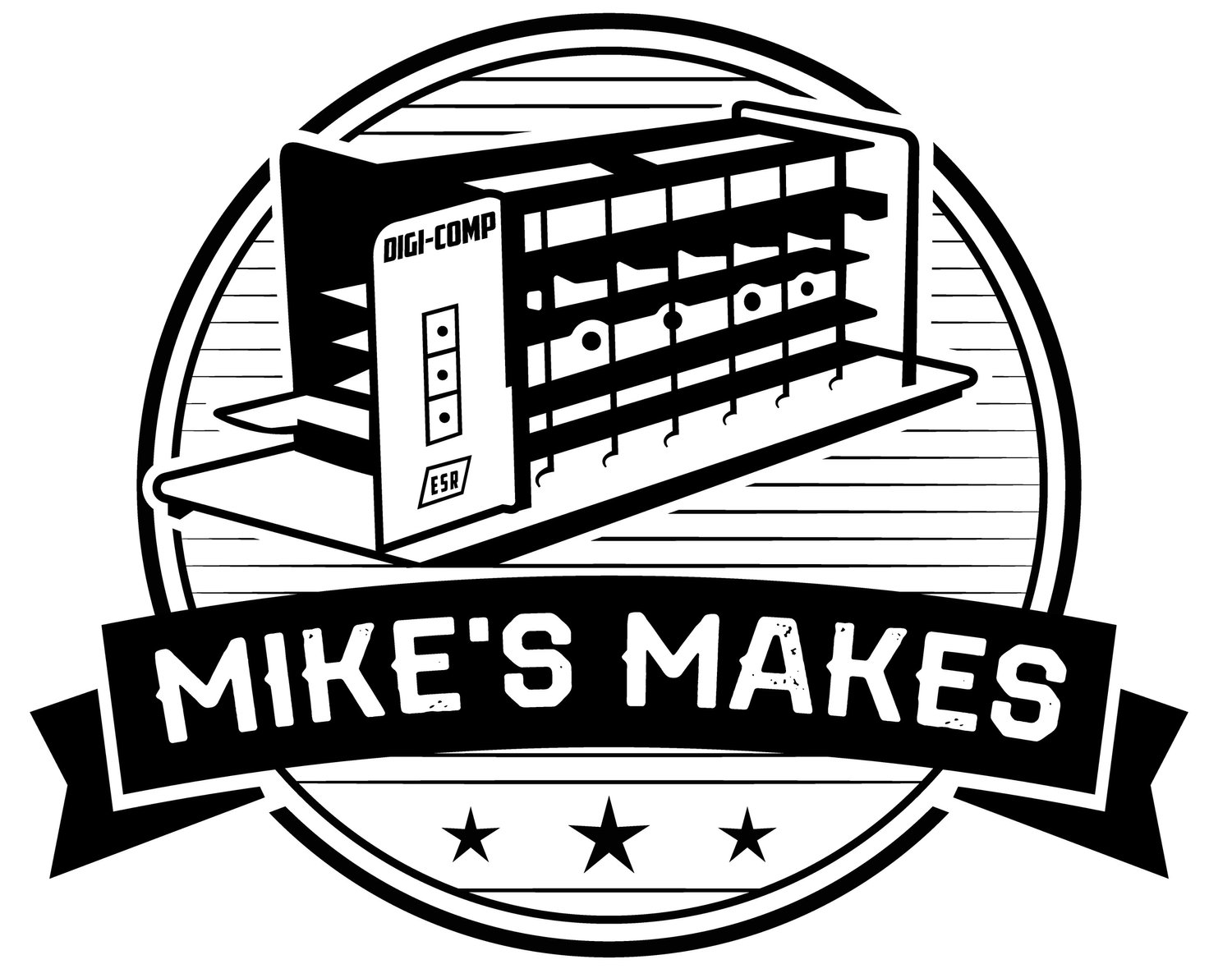2:3 Scale DEC VT100 Terminal
My completed VT100 terminal along side a 2:3 scale PiDP-8/I replica.
Manufactured By: Digital Equipment Corporation
Release Date: 1978
I was building the PiDP-8/I kit from Obsolescence Guaranteed, a modern 2:3 scale replica of the 1968 PDP-8/I computer that runs in emulation on a Raspberry Pi. It's beautifully done and highly recommended.
While I was sorting parts and installing software I started thinking about how I was going to access my "new" machine. You can just SSH, telnet, or VNC into the Raspberry Pi running the show on the PiDP-8/I, but where's the fun in that. It makes me sad now that I eventually got rid of several serial terminals I had lying around (mostly Volker-Craig models since I live in Waterloo) because that would have been a great way to demo the 8I. When I went online looking for a vintage terminal I got a severe case of sticker shock. So I decided to do what I do and make a "front end" terminal reproduction for my soon to be completed PiDP-8/I.
Since the DEC VT100 was the gold standard for serial terminals in the early years, that's what I based my design on, and since it will be a driver for a 2:3 scale PiDP-8/I, l scaled my design accordingly. I know historically that the PDP-8/I predates the VT100 by about 10 years, but as a time traveler from the future I feel I get to enjoy a little temporal license here.
I did not start to make a true replica VT100. In fact I at the beginning I did not even make a real serial terminal. I wanted to make something that is clearly a VT100 derivative as close as possible in look, but sourced with modern components. So for instance it has an LCD screen disguised as a CRT, and the 2:3 scale precluded having a full sized keyboard with number pad like the original.
On the journey to building my PiDP-8/I "front end" I realized that my VT100 reproduction could also be reimagined as a funky mini arcade console, or even a cool stand alone desktop machine. And yes I eventually added stand alone RS-232 serial capability.






